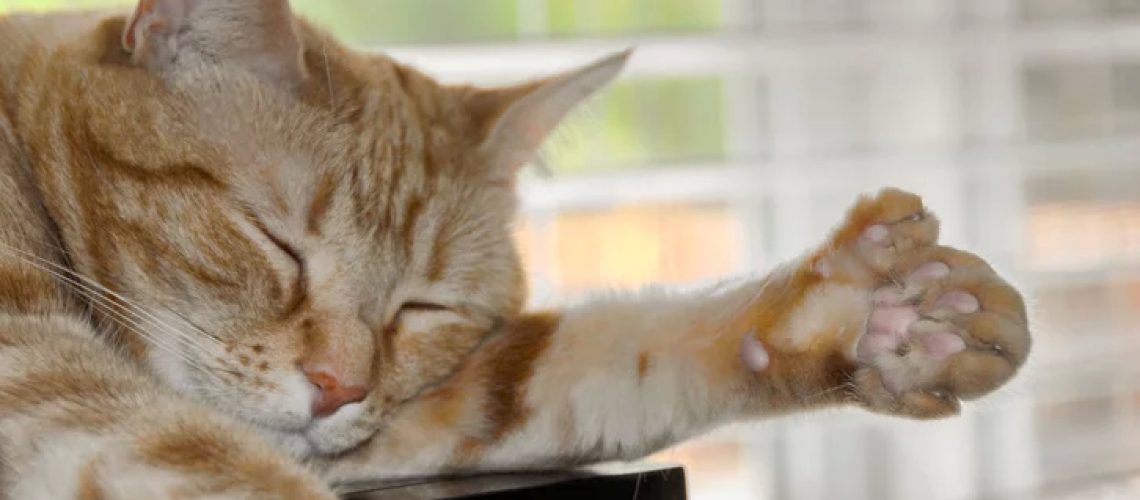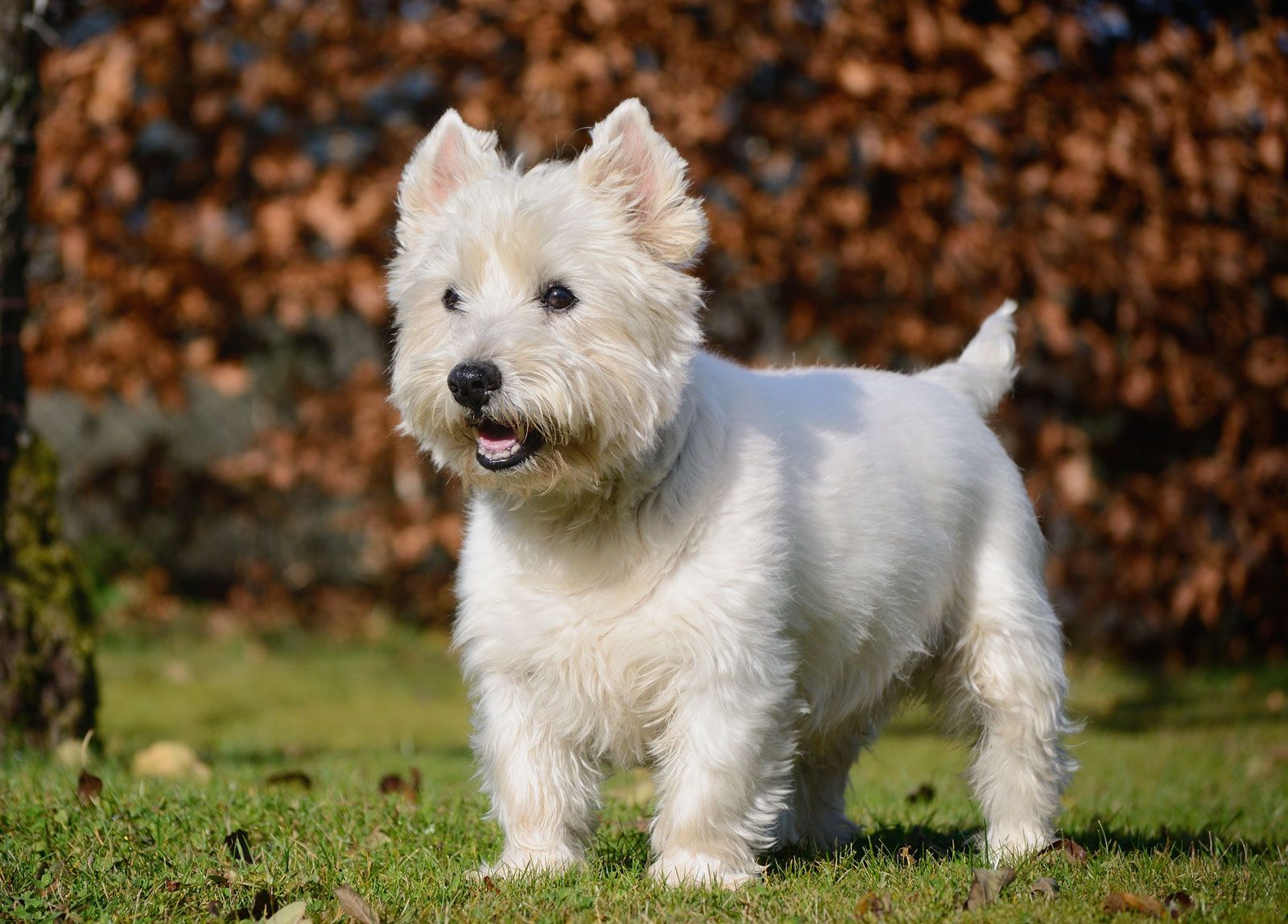Discover the fascinating world of polydactyl cats - felines with more toes than usual! Learn about their unique appearance, different toe configurations, and why they're sometimes called "Hemingway cats.
Key Takeaways:
- Polydactyl cats have more than the usual number of toes, with some having up to 7 on each paw.
- They are often referred to as "Hemingway cats" due to their association with the famous writer, who had many polydactyl cats at his home in Key West.
- Polydactyl cats are believed to have originated from a genetic mutation that occurred centuries ago.
- They are known for their exceptional climbing and hunting abilities, thanks to their extra toes providing better balance and agility.
- Polydactyl cats are not a specific breed and can be found in various breeds and mixed-breed populations around the world.
What is a polydactyl cat?
A polydactyl cat is a cat that has more toes than the average cat. While most cats have five toes on their front paws and four toes on their back paws, polydactyl cats can have extra toes on one or more of their paws. This genetic trait causes their feet to appear larger and gives them a unique look.
Polydactyl cats are not a specific breed but can be found in various breeds and mixed-breed cats. The word "polydactyl" comes from two Greek words: "poly," meaning many, and "daktylos," meaning digits or fingers. So, essentially, polydactyl cats have many digits or fingers on their paws.
Having extra toes does not affect the overall health of polydactyl cats. In fact, some people find them even more adorable because of their unique appearance. These special felines come in different colors, patterns, and sizes just like regular cats.
How many toes do most cats have, and how many toes do polydactyl cats typically have?
Most cats have 18 toes in total - five on each front paw and four on each back paw. However, polydactyl cats can have anywhere from six to eight (or even more) toes on each paw! Some may only have extra toes on one or two paws, while others may have extra toes on all four paws.
The most common form of polydactyly in cats is having an extra toe on the front paws. This condition is known as "mitten" or "thumb" polydactyly because the extra toe looks like a thumb sticking out from the side of the paw. It's quite fascinating to see these big-footed felines walk around with their unique feature.
Polydactyl cats can have different toe configurations, ranging from having an extra toe that looks just like the other toes to having a fully formed thumb-like toe. The number and appearance of the extra toes can vary greatly, making each polydactyl cat truly one-of-a-kind.
Why are polydactyl cats sometimes called "Hemingway cats"?
Polydactyl cats are sometimes referred to as "Hemingway cats" because of their association with the famous American writer Ernest Hemingway. Hemingway was known for his love of these unique felines and had many polydactyl cats living in his home in Key West, Florida.
Legend has it that a ship captain gave Hemingway a six-toed cat named Snowball, and from there, the population of polydactyl cats grew on his property. Today, around 50 descendants of Hemingway's original cats still live in the Hemingway Home and Museum in Key West. These cats are cared for by the museum staff and continue to carry on the legacy of their famous ancestor.
The connection between Hemingway and polydactyl cats has made them popularly known as "Hemingway cats." It's a charming nickname that adds to their allure and historical significance.

Where did the first polydactyl cats come from?
The origin of polydactylism in cats is not entirely clear, but it is believed to be a genetic mutation that originated centuries ago. Some theories suggest that polydactyly may have been more common among early domesticated or shipboard cats due to natural selection.
One theory suggests that sailors favored polydactyl cats because they believed they were better climbers and more skilled at catching mice on ships. The extra toes provided these felines with better balance and dexterity while navigating uneven surfaces. As a result, polydactyl cats may have been more likely to survive and pass on their genes.
It's also possible that polydactylism in cats occurred naturally without human intervention. Cats have been domesticated for thousands of years, and genetic mutations can arise spontaneously in any population.
Regardless of their origin, polydactyl cats are now found all over the world and continue to captivate cat lovers with their unique toes.
Can polydactyl cats use their extra toes like thumbs?
Polydactyl cats cannot use their extra toes like thumbs in the same way humans do. While their extra toes may resemble thumbs, they do not have the same flexibility or opposable movement. The extra toes of polydactyl cats function more like regular toes and are used for balance and grip rather than grasping objects.
However, some polydactyl cats may display clever adaptations with their extra toes. They might use them to hold toys or food, or even open doors slightly by using the extra leverage provided by the additional digits. It's fascinating to observe how these felines adapt to having more toes than usual.
The unique appearance of polydactyl cat paws adds to their charm and often makes them stand out from other cats. Their big feet give them a distinctive look that many find adorable.
Are there any advantages to having extra toes for a cat?
Having extra toes does not necessarily provide significant advantages for a cat's overall health or survival. However, there are a few potential benefits associated with being polydactyl:
1. Enhanced Balance: The additional toe(s) can provide better balance and stability for climbing trees or navigating uneven surfaces.
2. Improved Grip: The extra toe(s) can give polydactyl cats an advantage when catching prey or playing with toys by providing additional grip.
3. Snow Walking: In snowy regions, polydactyl cats may have an advantage as the extra toes act like built-in snowshoes, helping them walk more easily on soft or slippery surfaces.
While these advantages may not be life-changing for a cat, they do add to the uniqueness and charm of polydactyl cats.
Do all polydactyl cats have the same number of extra toes, or can it vary?
Polydactyl cats can have varying numbers of extra toes. Some may only have one or two extra toes on one paw, while others can have multiple extra toes on multiple paws. The number of extra toes is not consistent among all polydactyl cats and can vary greatly from cat to cat.
The most common form of polydactyly in cats is having an additional toe on the front paws. However, some polydactyl cats can also have extra toes on their back paws or even both front and back paws.
The number of extra toes a polydactyl cat has is determined by genetics. It's fascinating to see the different combinations and configurations of their unique foot structures.
Are there any famous historical figures who owned polydactyl cats?
Yes! One notable historical figure who owned polydactyl cats was Ernest Hemingway, the famous American writer. Hemingway had a deep affection for these felines and became known for his love of polydactyl cats. He even referred to them as his "six-toed friends."
Hemingway's fascination with these unique cats began when a ship captain gave him a six-toed cat named Snowball. Over time, Snowball became the ancestor to many other polydactyl cats that lived in Hemingway's home in Key West, Florida.
Today, visitors can still see descendants of Hemingway's original cats at the Hemingway Home and Museum in Key West. These cats, often referred to as "Hemingway cats," have become a beloved attraction and a testament to the writer's fondness for these special felines.
How can you identify if a cat is polydactyl?
Identifying whether a cat is polydactyl is relatively easy. Here are some signs to look for:
1. Extra Toes: Check the cat's paws for more than the usual number of toes. Most cats have five toes on their front paws and four toes on their back paws, but polydactyl cats may have extra toes on one or more of their paws.
2. Big Paws: Polydactyl cats often have larger-than-average feet due to the presence of extra toes. Their paws may appear wider or rounder compared to regular cats.
3. Thumb-like Toe: One common form of polydactyly in cats is having an extra toe that looks like a thumb sticking out from the side of the paw. This unique feature is known as "mitten" or "thumb" polydactyly.
If you notice any of these characteristics, there's a good chance that the cat you're observing is polydactyl. However, keep in mind that not all cats with big paws are polydactyl, so it's best to count their toes to be sure!
What is so special about polydactyl cats?
Having extra toes, known as polydactyly, can actually be beneficial for some cats. Because polydactyl cats have wider and larger paws, they have improved balance on different surfaces and are better at climbing, hunting, and catching their prey.
What problems do polydactyl cats have?
Are there any health issues associated with polydactyl cats? Polydactyl cats live a normal life without any health issues or pain. However, if the extra toes are not fully formed and are floppy, they may be more susceptible to getting caught on objects and suffering injuries like torn claws.
Are polydactyl cats smarter?
Although the American Polydactyl has its own unique traits, it shares similarities with other domestic cats. Some breeders, owners, and enthusiasts believe that this breed is more intelligent and relaxed compared to others.
How rare are 4 paw polydactyl cats?
Polydactyl cats are more common than people may believe. They are actually quite prevalent. If a cat parent has polydactylism, there is a 40-50% likelihood that the kittens will also inherit it. Polydactylism can occur in any breed, including Bengal cats, although it is most frequently observed in Maine Coons and Pixie Bobs.
What are the benefits of polydactyl?
The study published in the journal Nature Communications reveals that individuals with polydactyly have greater agility in their movements compared to those with a normal number of digits. This research was conducted on June 5, 2019.
What is one of the common nicknames for a polydactyl cat?
You may be familiar with polydactyl cats, which are often referred to as Hemingway cats. These cats are also known as mitten cats, boxing cats, conch cats, mitten-foot cats, snowshoe cats, six-fingered cats, thumb cats, and Cardi-cats. What sets these cats apart is that they have more toes than usual.

















